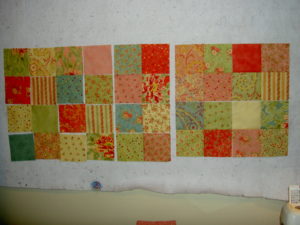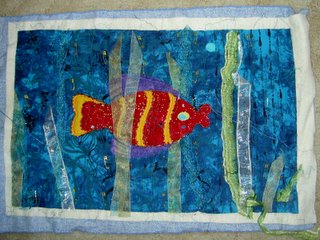Deirdre sent me the link to this entry in Susan Shie’s blog. The post is all about the process of making one of her pieces. I was riveted reading the detail which she includes in her post. Read the post!
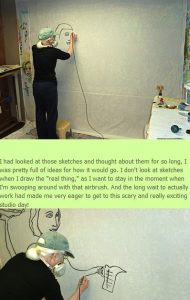
Process is something that has been on my mind as I have worked on the Tarts. I used to be only focused on the end product. I found it to be very unsatisfying, because the end product had a short-lived shelf life. What do you do with a finished product? Put in the bed, hang it on the wall and …. There is nothing after that. I would be finished with the piece. There isn’t much more interaction with a finished piece.
It occurred to me at some point that the process was what was important. I have, since then, tried to focus on the process. I wrote about it in blog post on March 14, 2009 and also mentioned process on January 1, 2009 in the 2008 UFO Report.
In focusing on the process, I try to work on what I am working on right at that moment fully and completely. I try not to think ahead to the next step or the next project. This was brought home to me in a big way as I worked on the Tarts. That project required my absolute full and undivided attention. Any time I thought “oh this will be fine” meant trouble and I would end up ripping something out. The lesson was, however, that Lorraine Torrence’s advice about making visual decisions visually was correct. I knew it was, but the Tarts hammered the mantra into my mind.
One of the other things I realized about process is that while I work on something, I am completely engaged with it. I feel the fabric in my hand. I feed the thread into the machine or hand sewing needle, feeling it with my fingers. I am close to the fabric and the project supplies.
Susan Shie’s post goes through her process in minute detail. It would bore me if I had heard it before, but I haven’t. I find everyone’s process to be different and, often, fascinating.
The other thing about process is that a process does not necessarily stay within the bounds of a specific project. A process can continue to another project once I have finished with a piece. Susan talks about making her Kitchen Tarot deck, which is a multi piece project. She is making a quilt for each of the many Tarot cards in a deck. I really admire someone who can commit to such a large project. Her pieces aren’t small either. She has committed to the process.
The Word of the Day for Labor Day, September 7, 2009 was Reverence. My immediate reaction was a sinking heart and steeling myself for a lecture. The reverence that the author talked about was multi-faceted and had nothing to do with a harangue about organized religion. The passage talked about reverence for a process and reverence for materials.
“Everything that we do should be imbued with reverence and so one would think that we should begin with this concept. But no. Reverence only comes with experience and care.”
and
“In our own small way, we must create and bring order to our lives each day. We must be responsible, and at the same time express the wonder of all we know as human.”
and
“The stately determination to make something worthy of the materials and the moment is reverence.”
I think that by engaging in a process, we gain experience. The more time I spend working on pieces the more experience I gain. I also think that being appreciative of the materials and what they are contributing to the process helps me work better.
It seems to me that reverence is part of a process.
In the process of writing this post, I became much more interested in Susan’s work, classes, blog etc. Perhaps there is a class with her in my future?


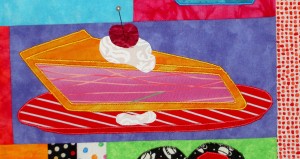
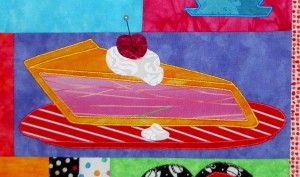
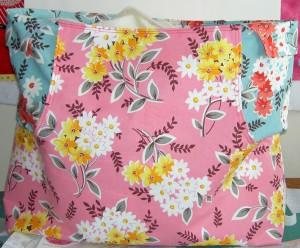


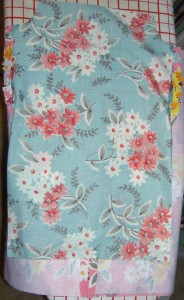

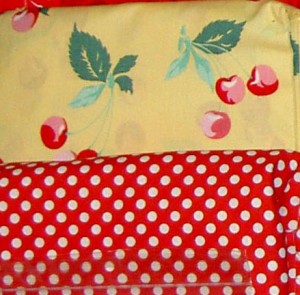
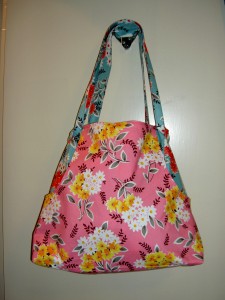

 I have to have a way to hang many sizes of quilts, and I change them out often. This system is hardly noticeable since the eye usually sees the quilt first.
I have to have a way to hang many sizes of quilts, and I change them out often. This system is hardly noticeable since the eye usually sees the quilt first. 